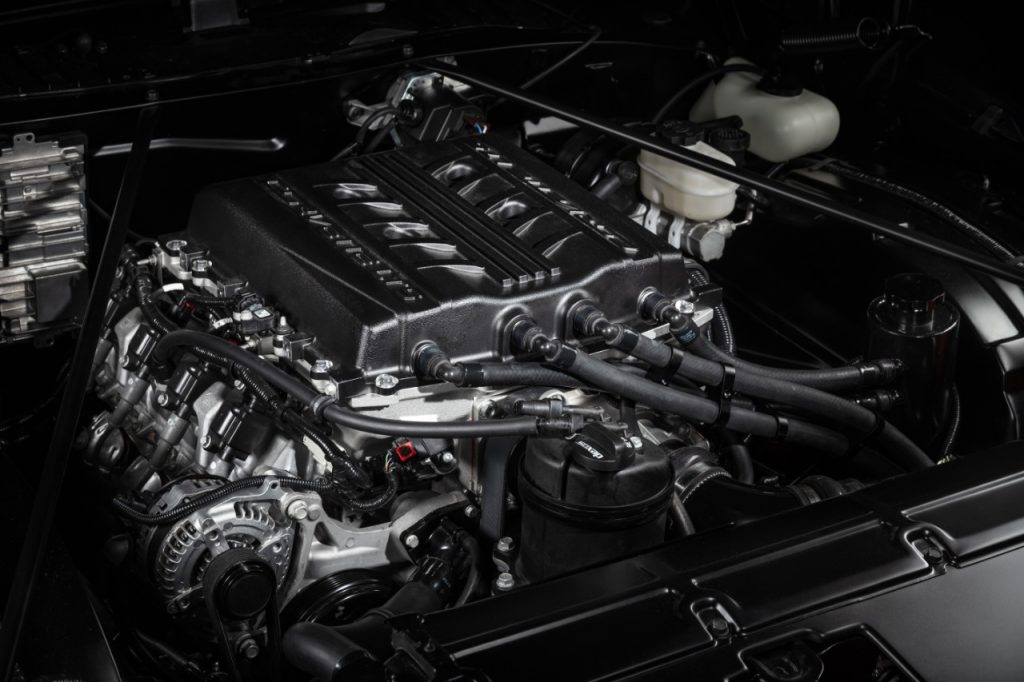Chevrolet LT5 Engine Ultimate Guide
Over the last several decades, the Corvette has served as a haven for all with a special affinity for speed. Few can even begin to question the iconic American sports car’s performance merit, as each successive generation of production brings with it an ever-increasing level of output. It is evident to most, that GM’s engineering staff lives and dies by an “if some is good, more is better”, style of ideology, as it pertains to further development of Corvette bound powerplants.
There are perhaps few better examples to illustrate this unrelenting drive toward performance dominance than the LT5 equipped C7 ZR1 Corvette. Upon its release, the ZR1 became instantly revered as one of the most remarkable performance cars to have ever been placed into production. At the heart of the ZR1, resided the supercharged 6.2L LT5, small-block V8, an engine like nothing to have ever found its way into the Corvette’s engine bay, up until that point.
No Subscription? You’re missing out
Get immediate ad-free access to all our premium content.
Get Started



